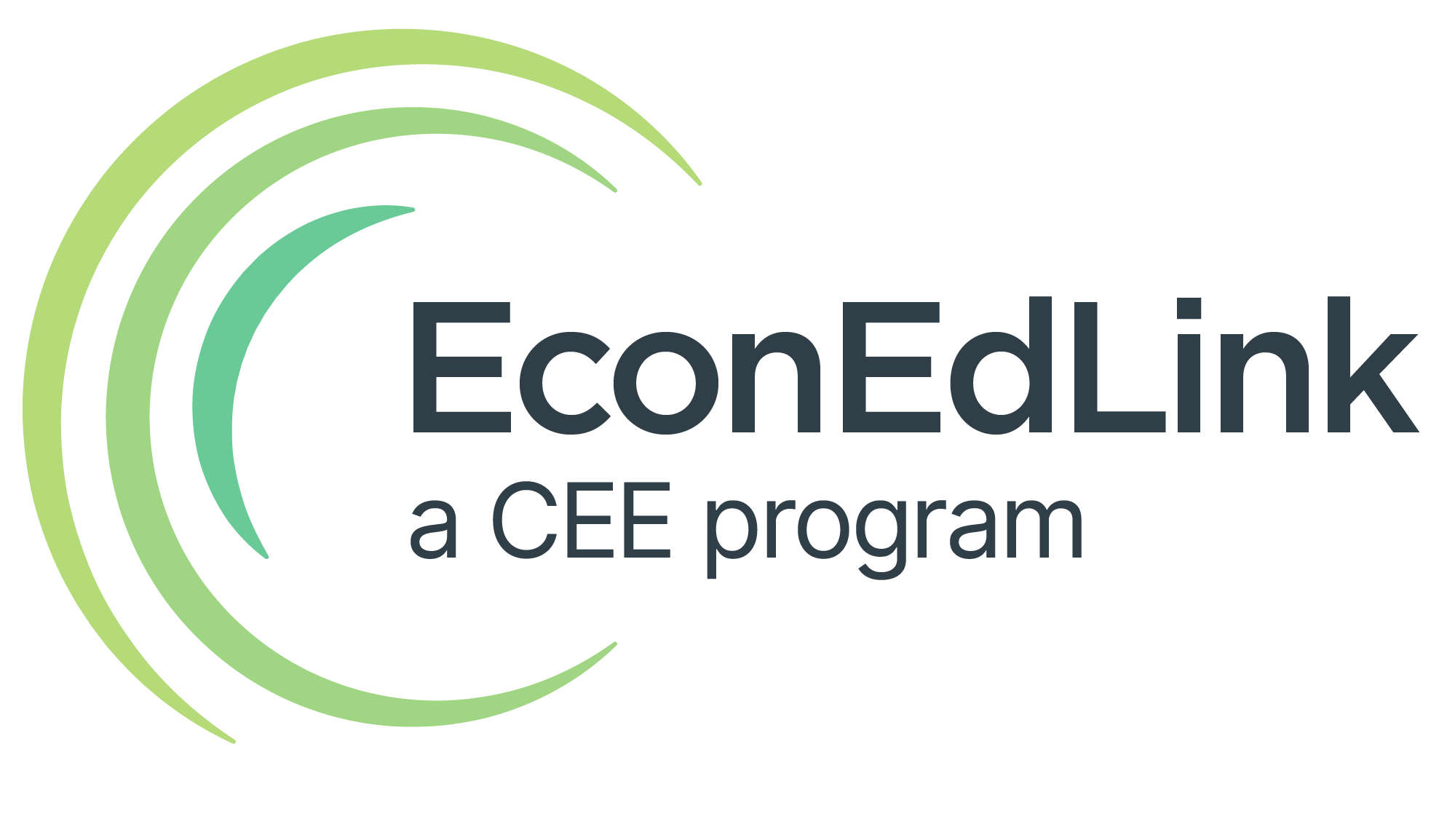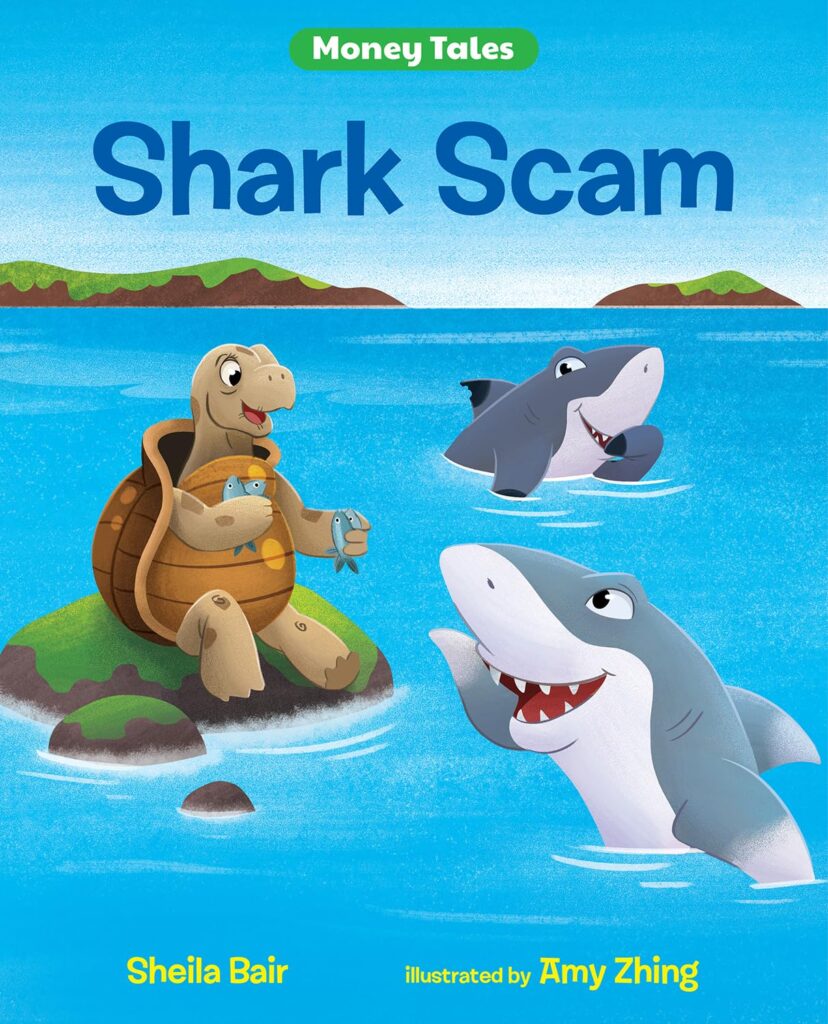
Grades 9-12

Don't have an account yet? Sign up for free
Don't have an account yet? Sign up for free
Students will be able to:

In this math and personal finance lesson, students determine their monthly earned income and estimate how much they could be saving. They graph the outcomes and find the rate of change and the line of best fit.
Most students have an idea of what earned income is, but they generally do not have a good idea of what expenses they will have or what taxes they must pay. It is a surprise to many young people when they examine their first paycheck to see the pay that they receive is less than the pay they earned. Students usually do not think about the importance of saving for a goal or for unexpected expenses, large or small, and the impact these expenses have on their ability to save. This lesson makes students aware of how earned income is spent and saved and the impact of various life events on their savings. In today’s economy it is important for students to understand the importance of managing their money and determining how much they can save on a monthly basis in order to prepare them for a financially sound future.
Multiple Choice:
|
Month |
Saving |
|
3 |
$2,827 |
|
7 |
$4,227 |
|
9 |
$2,127 |
|
10 |
$5,277 |
|
12 |
$5,977 |
a. $700
[b. $350]
c. $1,400
d. $200
Constructed Response

Grades 9-12

Grades 6-8, 9-12

Grades 9-12

Content Partner
Grades 3-5
